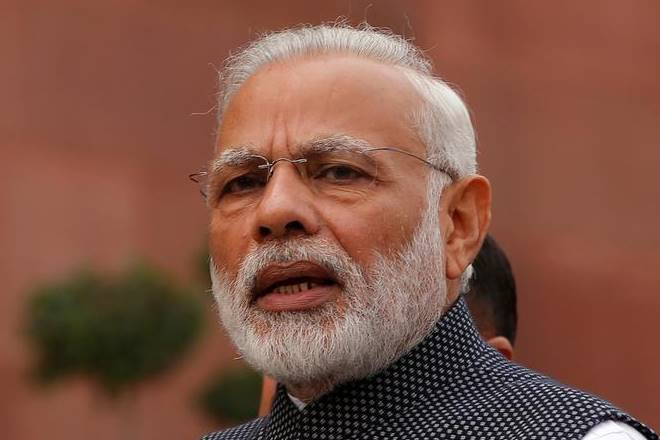The NDA government deserves much praise for the way it has implemented the policy of Discovered Small Fields (DSF) 2015 so far. Under this policy, there is no cess on crude oil, no upfront signature bonus, marketing and pricing freedom, no carried interest by NOCs, etc. These are attractive terms, indeed. But these are the very fields which ONGC and OIL assessed to be too marginal for them to develop economically.
It is for the first time that upstream contacts will be signed, based on a revenue sharing agreement (RSA) and not profit-sharing agreement (PSA). While RSAs are easier to manage than PSAs, there are still potential problems in ensuring companies secure the best market price. Let us hope that just like the NDA awarded DSFs on a transparent basis, it will institute a foolproof process to ensure minimum leakage while managing these contracts.
On February 15, Cabinet Committee on Economic Affairs has approved the award of 31 contract areas to 22 companies. Of these, four are PSUs and 15 companies are new entrants (37 new entrants bid for the fields); this is the remarkable feature of the DSF policy. Despite the road-show around the world by petroleum ministry, only one foreign oil company was among successful bidders. This should not be considered as a failure since these are marginal fields, and there is considerable uncertainty of recovery.
The Directorate General of Hydrocarbons (DGH) has estimated that oil companies may find about 40 million tonnes of oil and 22 billion cubic metres of gas in these 31 fields. An economic modelling of these fields, based on the reserves, give only about 15% rate of return on an investment of R36,600 crore and net present value of R9,000 crore. By no stretch of imagination can this be said to be commensurate with the risks investors are taking.
Even though exploration risk has been eliminated and these are all proven reserves, risk in terms of developing them remains. Actual reserves may be less than the preliminary estimate. Cost of development may be far more than expected. On the other hand, there are also chances that actual reserves may turn out to be far more than expected. Also, using better technology and greater expertise, oil companies may succeed in getting higher returns than the average estimate of 15% based on my model.
When a company gets such high returns, hopefully neither the critics nor CAG will jump to the conclusion that the government favoured such companies. Such baseless allegations though done with the right intentions may discourage future investment in India’s oil sector.
When BP bought 30% share from Reliance paying $7.2 billion in the KG Basin D6 block, situation was similar to these 21 companies investing in these 31 DSFs. One can argue that it was much better in KG-D6, since it was already a production field and BP is mega-integrated oil company with considerable expertise. Despite the sophisticated analysis BP must have done in evaluating KG-D6, based on the results so far, BP may turn out to be a loser.
One needs to appreciate that all 15 companies have taken calculated risk by investing their capital. When and if they win above average returns, they do deserve such a “prize” assuming all of them fully comply with all the laws and regulations. For the first time, the Indian government has created 15 new upstream companies and, if at least few of them succeed, we need to celebrate their success and not find fault with the government.
Since these new entrants may not have requisite experience, the petroleum ministry may try to help them by setting up an advisory group of experts. Such a group can help these companies in several areas. Meeting environmental regulations is one critical area. Another area is helping get technical expertise to develop these fields in the most economical way. Every help should be given to get all the required permits without any hurdles. This can go a long way in developing these fields in the shortest time possible.
You might also want to see this:
Let us not forget the unfortunate story of Ratna and R-series oil and gas fields which would rate as one of the saddest chapters in India’s oil history. They were discovered by ONGC and were considered as marginal (had about 12 million tons of oil), therfore given to an Essar-led consortium in 1996. For one reason or the other (mostly concerning royalty and cess), these fields remained undeveloped for several years till 2016. Had they been developed as envisaged, they would have contributed in some measure to India’s energy security. The petroleum ministry should learn from the bitter lessons of Ratna and see that history is not repeated with these 31 fields.
While NDA deserves praise for its progressive steps to reduce petroleum subsidies, it has come under attack for its policy of merger of state-owned oil companies to create a giant, integrated oil company, as also forcing ONGC to buy the KG basin assets of GSPC. It is to the credit of the petroleum minister who later watered down the policy to form a holding company by ONGC taking over BPCL or HPCL. Even this proposal has questionable value. But in the case of DSFs, NDA’s policy is sound. What NDA has done may look like a small step in promoting India’s energy security, but it is a big leap in bringing about structural changes in India’s upstream sector.
– Bhamy V Shenoy
The author is former senior manager, Conoco, and former board member of the national oil company of Georgia.


